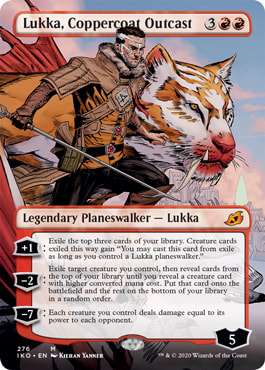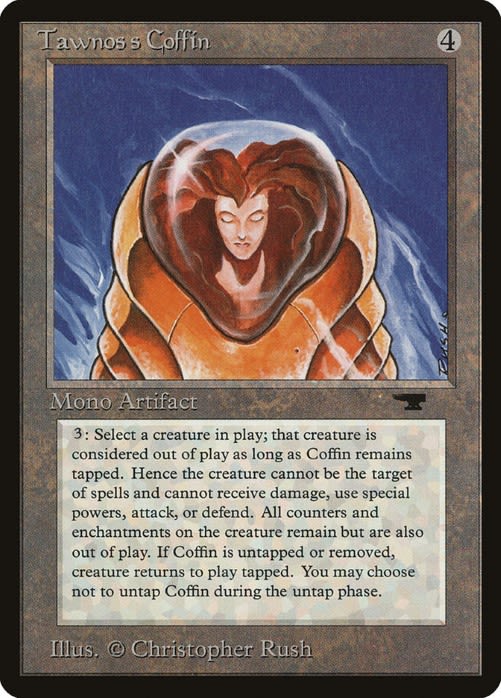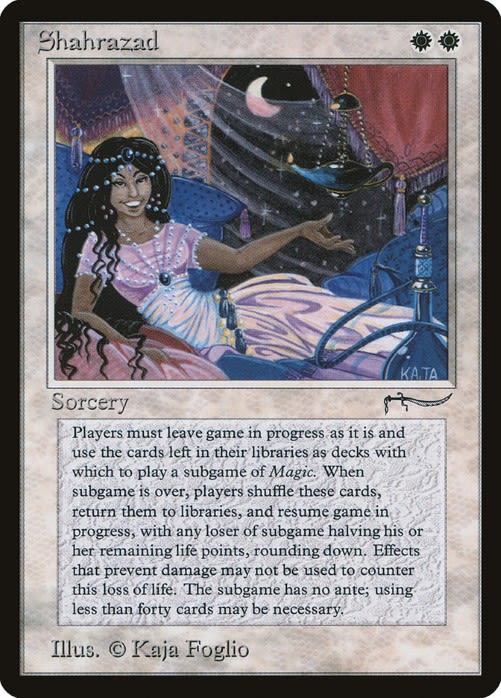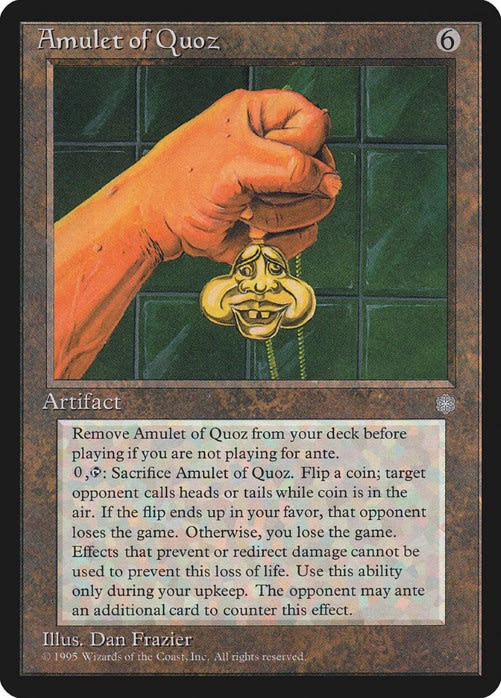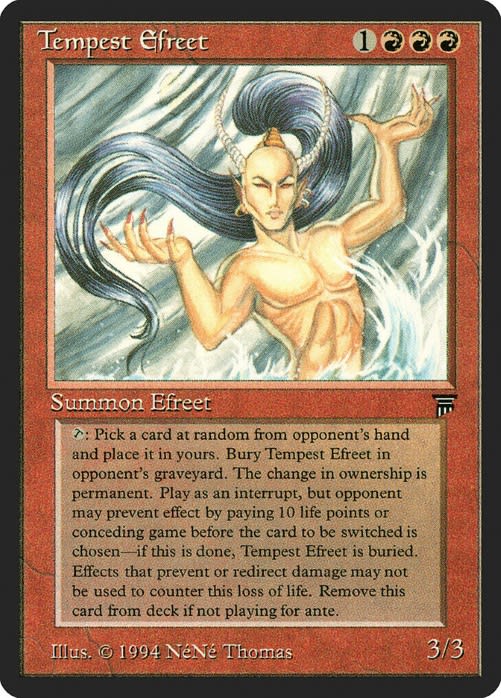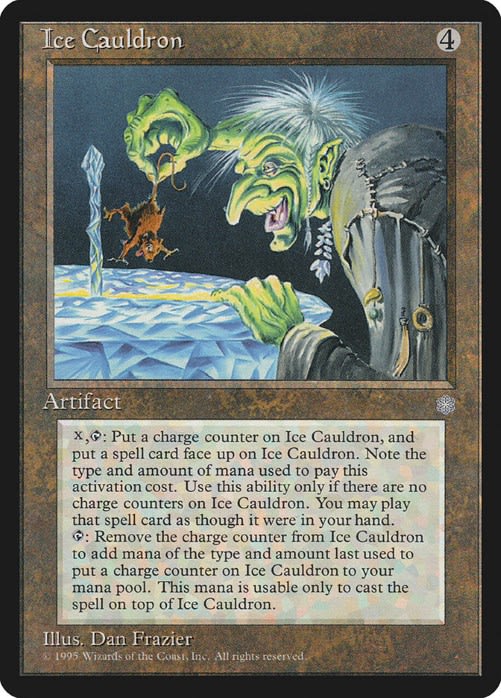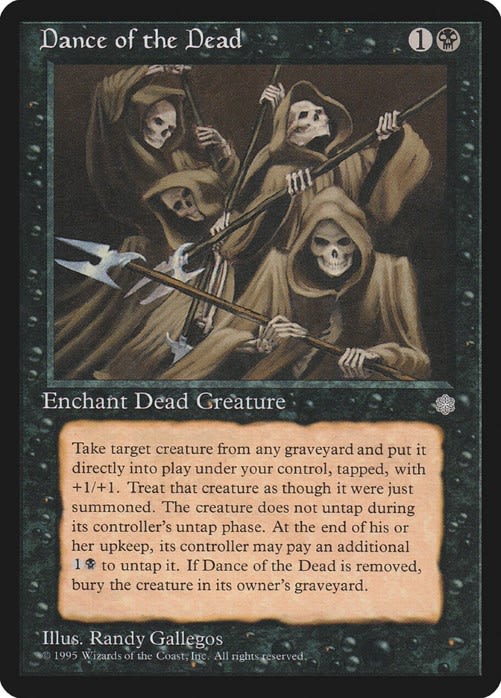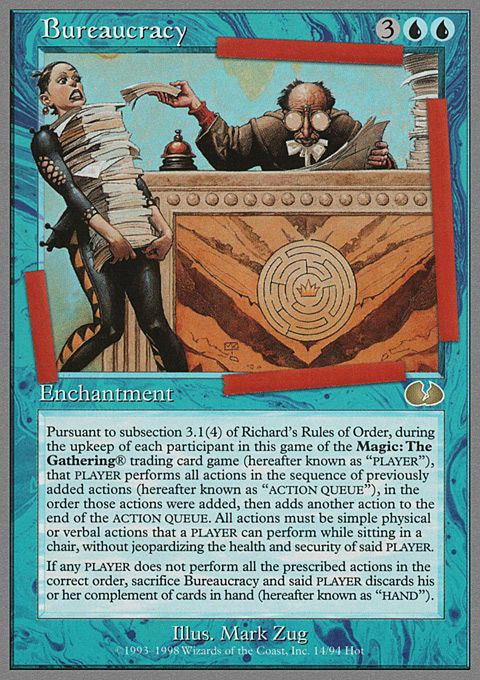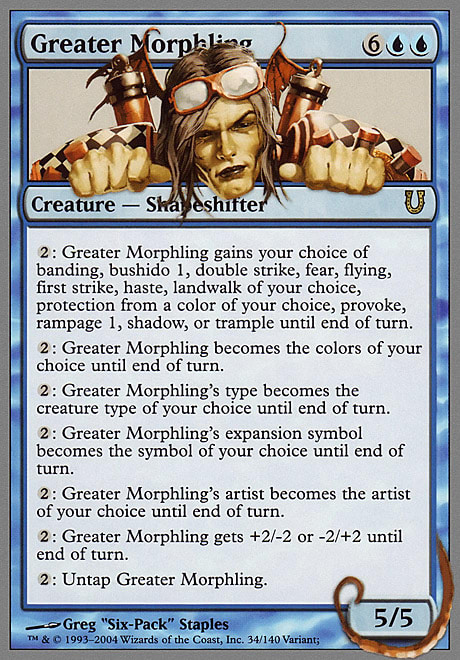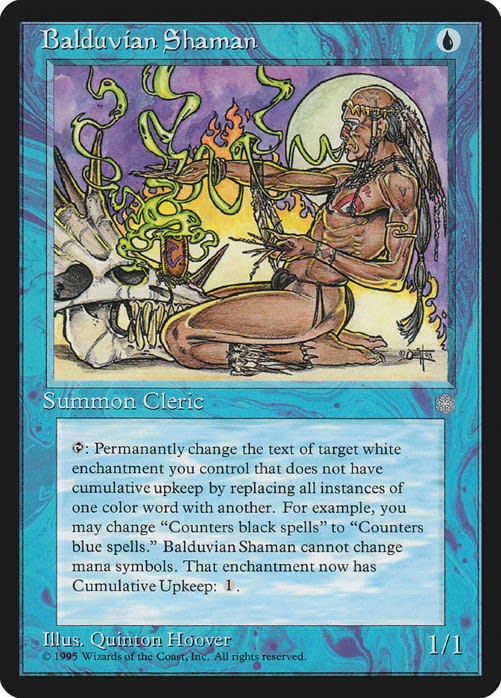Is it just me, or are Magic cards increasing in complexity every year? I remember hearing a statistic about a recent set containing more accumulated rules text than any previous set in the game's history. I found this link from 2022 that counts up the average rules text length per card, highlighting Kaldheim as the winner. Something tells me another set has already eclipsed Kaldheim to be even more complex.
For example, Planeswalker cards often contain a wall of rules text due to their complexity. With about 86 words, Lukka, Coppercoat Outcast has more rules text than any other card from 2020.
If you take into consideration double-faced cards, you'll find even higher word counts in rules text. Garruk Relentless may have more than any other Magic card because it's a double-faced card that's a Planeswalker on both sides!
While newer sets do clearly have more complexity than many of Magic's earlier releases, older sets also had their fair share of unnecessarily complicated cards. When the smaller font size is needed in order to squeeze all the card's rules into the text box, you know you have a complicated card on your hands!
This week, I'll highlight five of the wordiest, often most confusing cards from Magic's history. Do you think you can guess them all? Count up the words, as printed on the card, and see if you can find some with even more.
Number Five
Tawnos's Coffin (73 Words)
This is one of my favorite cards from Antiquities, mostly for the artwork and flavor. The card contains a lot of words to essentially say that, for three mana, you can tap Tawnos's Coffin to phase out a creature until Tawnos's Coffin is untapped or leaves play. I guess technically the creature targeted by Tawnos's Coffin isn't phased out, but that's the basic idea here. The creature still keeps its counters and auras while out of play, just like a phased out creature would.
While I'm on this card, I'll also grant honorable mention to Arabian Nights' Oubliette, which doesn't have quite as many words but does something very similar to Tawnos's Coffin. Unlike Tawnos's Coffin, however, Oubliette has since been reprinted and updated to use the phasing terminology.
Number Four
Shahrazad (85 Words)
Shahrazad may win the prize for largest word reduction between the card's printed text and the card's oracle text, at least out of all the cards I'm mentioning in this article. In the early days of Magic, Wizards of the Coast had to account for all sorts of hypothetical contingencies in rules text - how to handle losing life, accounting for ante, and playing a subgame with a deck under 40 cards.
Now with the rules updated, none of this text is necessary. Shahrazad is on the Reserved List, but if it were to receive a reprint, the new version of the card would simply state, "Players play a Magic subgame, using their libraries as their decks. Each player who doesn't win the subgame loses half their life, rounded up."
Perhaps Shahrazad's most significant accomplishment isn't the length of its printed rules text, but the length of Magic games players must endure when the card is cast!
Number Three
Amulet of Quoz (85 Words)
Here is another card with added complexity due to the existence of ante in Magic's early years. Amulet of Quoz, from Ice Age, strikes me as one of the least fun cards ever printed. Sure, Armageddon and Apocalypse are a nightmare to play against, but some players enjoy blowing everything up. How many players enjoy deciding the outcome of a long, hard-fought game with a simple coin flip? Perhaps "unfun" is the wrong word - Amulet of Quoz is Magic's least existential card!
What does the wall of rules text mean on Amulet of Quoz? It's pretty simple: you tap and sacrifice the artifact to force the game to come down to a coin toss. The only way to prevent the toss of a coin from deciding the game's outcome is if your opponent is willing to ante another card. Every single decision up to this point in the game suddenly becomes pointless. The game's outcome is instead left up to fate!
Thank goodness ante's popularity was severely diminished by the time I started playing Magic, around 1997, so that I didn't have to deal with cards like this one... or the next one!
Number Two
Tempest Efreet (86 Words)
Tempest Efreet is another ante-specific card with a wall of text. The creature is one of very few that allows you to exchange ownership of cards in the middle of a game! In a digital world like Arena, an ability like this is exciting to explore. I can imagine a card that had this ability: "Tap, exile Tempest Efreet, randomly exile a card from opponent's hand and conjure a copy of it into your hand. That opponent conjures a copy of Tempest Efreet into their graveyard."
Instead, back in 1994, we have to endure the small font on this card. In addition to the standard text that declares the card must be removed from your deck if not playing for ante, it also has the same life payment disclaimer, "Effects that prevent or redirect damage may not be used to counter this loss of life." Thank goodness Wizards found a better solution with modern-day rules.
Number One
Ice Cauldron (97 Words)
Even when you compare to newer cards, Ice Cauldron may take the cake for having the longest printed rules text, approaching 100 words! Even crazier, Ice Cauldron isn't an ante card nor does it contain needless text about preventing or redirecting damage to counteract losses of life. The card is just plain complicated.
Let's unpack what it does for a moment. You pay some mana and tap Ice Cauldron to effectively put a spell on layaway. You've spent the mana to cast the spell, but instead of putting it on the stack, you're placing it under Ice Cauldron. Then at a later point in the game, you can tap Ice Cauldron to use the mana you've invested and place the spell on the stack. It's not too complicated in theory, but it gets a little strange because you need to track the mana used to activate Ice Cauldron. I suppose there's also a world where you don't want to use the mana stored on Ice Cauldron to cast the card, but you'd end up wasting the mana since it can't be used to do anything else.
Thank goodness this card never really made waves in Magic, because even by today's standards it contains an awful lot of words to have very little impact on a game.
Honorable Mentions
I guarantee I missed a few cards on this list. Other cards I looked at and word counted but didn't make the cut include All Hallow's Eve, Chains of Mephistopheles, Gargantuan Gorilla, Jeweled Amulet, Bronze Tablet, and Takkelmaggot. Many of these cards revert to the small font to fit the rules text in the allotted space.
Beyond these cards, there were three I wanted to especially highlight. First and foremost, there's the card I found with the longest oracle text: Dance of the Dead.
I had to double check that this card isn't on the Reserved List because it's never been reprinted. It's not. My suspicion is that the card is difficult to reprint because its oracle text is so complicated! The digital version of the card, shown above, has a new level of super-small font so it can fit over 100 words of rules text in the text box. In this instance, the card's original printing was simpler than the updated rules text. Necromancy is another example where the oracle text is even more complicated than what was originally printed on the card.
Next, there are two un-set cards with a ton of rules text: Bureaucracy and Greater Morphling.
Bureaucracy quotes rules text in a playful, excessive manner. Greater Morphling is a play on Morphling, and literally uses a larger text box just to fit all of its abilities. While not tournament legal, these two cards definitely contain a ton of text!
Lastly, I have to at least mention the full-text, artless Secret Lair Basic Land cards.

Obviously, these are a special case, but they're worth mentioning for their lengthy rules text. Thank goodness every card in Magic doesn't have to be written in this way.
Wrapping It Up
It's a good thing Wizards of the Coast moved away from complex cards and smaller font sizes. I have to imagine such complexity, especially on cards with underwhelming power level, are a net negative for Magic. Sometimes even commons would have the small font, and this was most egregious because players opened such cards in booster packs more frequently (I'm looking at you, Balduvian Shaman!).
Nowadays, Wizards saves the complex rules for higher rarities. With standardization of rules text, it's also become much easier to read a card and readily understand what it's supposed to do. Of course there are exceptions, but I'd say that on average, Wizards of the Coast has done a good job simplifying how rules are printed on cards.
Hopefully the days of tiny fonts are behind us, at least on physical cards. I know there are some instances of digital-only cards where players need to scroll to view the entire text box - that introduces a whole new level of complexity. Double-faced cards also provide Wizards of the Coast a way to add rules text to a card.
We certainly aren't moving toward simpler gameplay, but at least such complexity is reserved for those higher rarities and used sparingly. The result, I believe, is a movement in the right direction when it comes to card complexity.
















